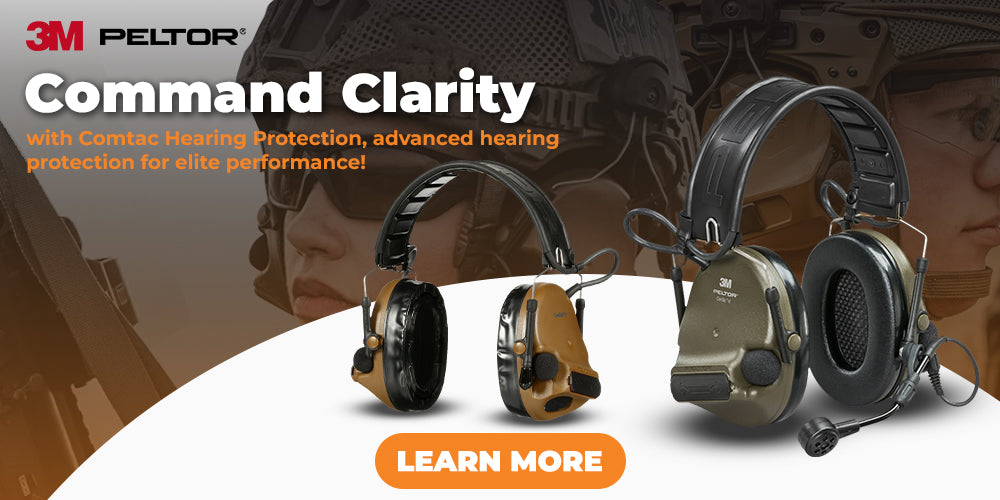
Construction Hi-Vis
Showing 1 - 48 of 88 products
Display
View
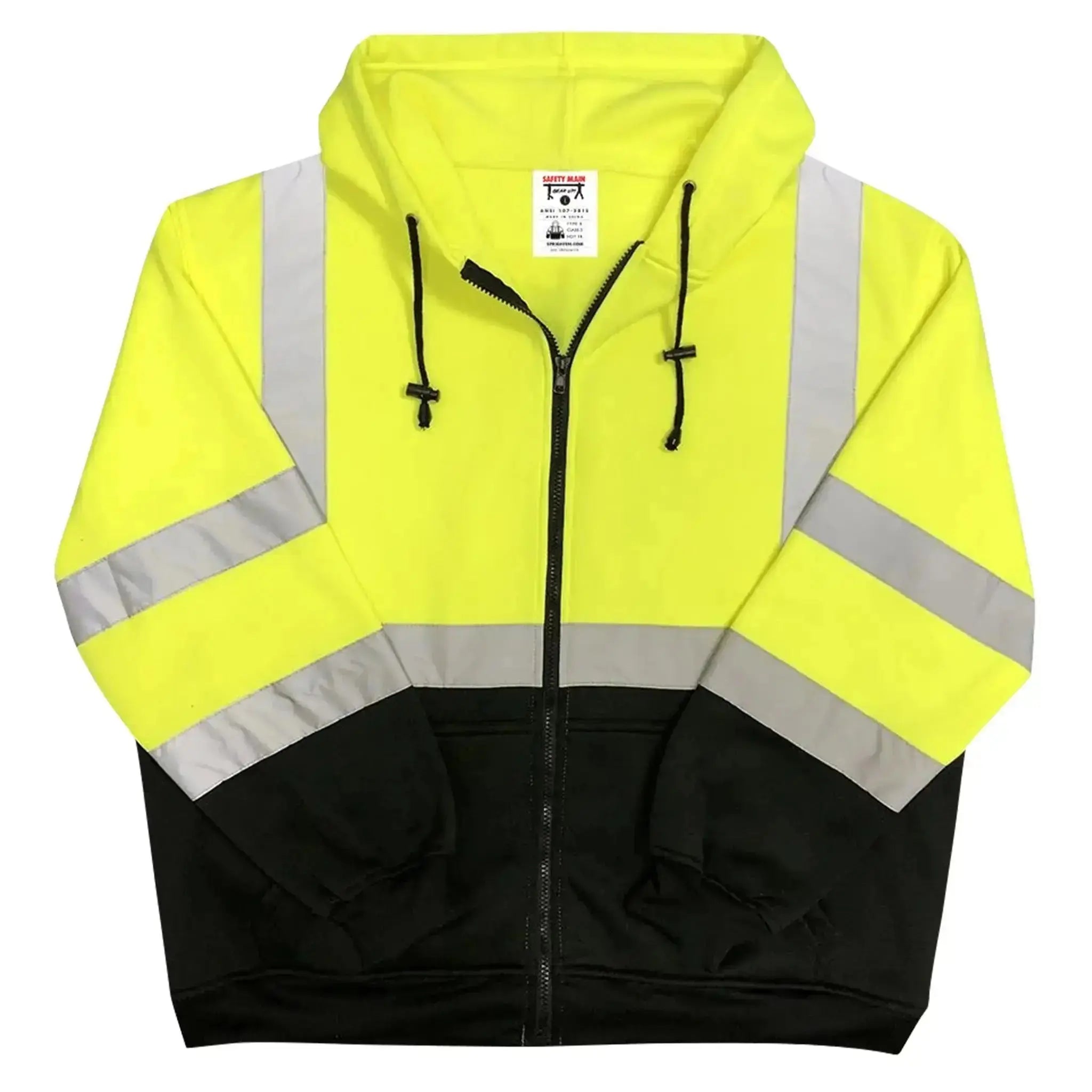

Safety Main 05LWJYB Lightweight Jacket, Class 3, Hi-Vis Yellow with Black Bottom, 1 Each
Sale price$19.99
Regular price$21.99


Safety Main 05EAMYZ Economy Vest, Class 2, All Mesh, Hi-Vis Yellow, 1 Each
Sale price$4.99
Regular price$5.49
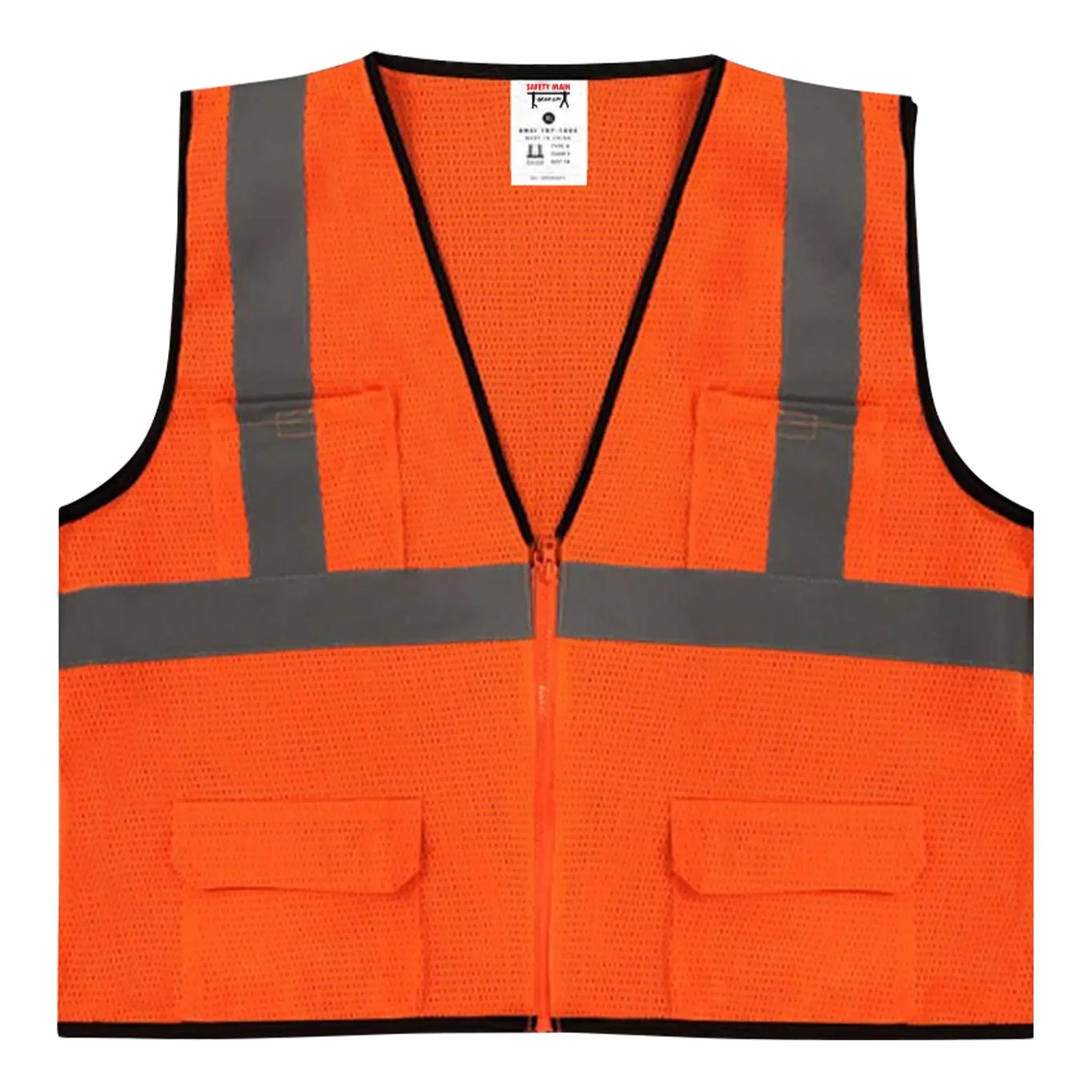
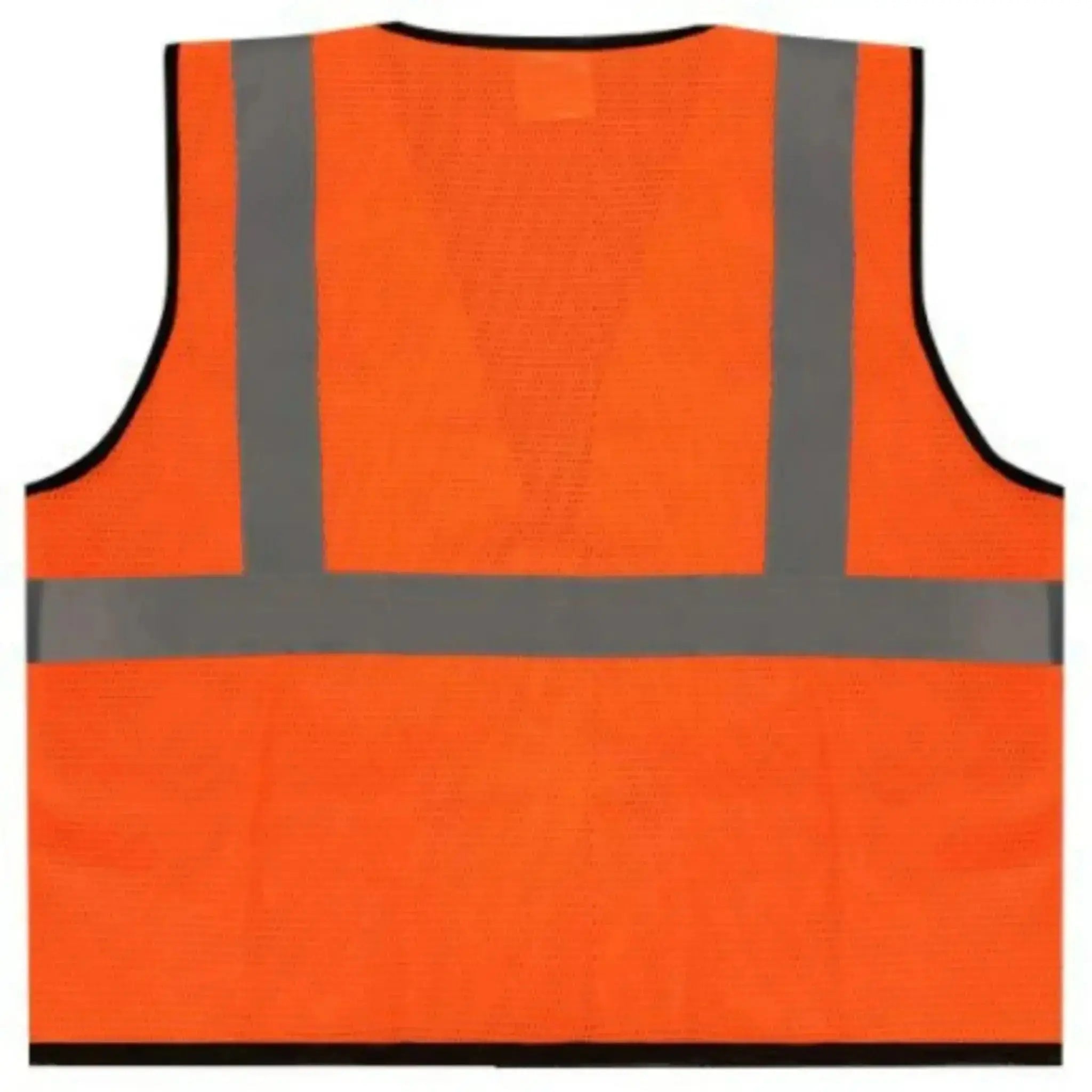
Safety Main 05EAMO Economy Vest, Class 2, All Mesh, Hi-Vis Orange, 1 Each
Sale price$4.99
Regular price$5.49


Safety Main 05TTSYZ Surveyor Vest, Class 2, Solid Front , Mesh Back, Hi-Vis Yellow, 1 Each
Sale price$6.99
Regular price$7.69


Safety Main 05TTSOZ Surveyor Vest, Class 2, Solid Front, Mesh Back, Hi-Vis Orange, 1 Each
Sale price$6.99
Regular price$7.69


Radians SV55-3ZOD Class 3 Heavy Woven Two-Tone Engineer Vest, Hi-Vis Orange, 1 Each
Sale price$83.19
Regular price$91.51


Radians SV55-3ZGD Class 3 Heavy Woven Two-Tone Engineer Vest, Hi-Vis Green, 1 Each
Sale priceFrom $69.49
Regular price$76.44


Radians SV7O Surveyor Type R Class 2 Safety Vest, Hi-Vis Orange, 1 Each
Sale price$19.19
Regular price$21.11


Radians SV6O Type R Class 2 Solid Front/Mesh Back Surveyor Safety Vest, Hi-Vis Orange, 1 Each
Sale price$17.49
Regular price$19.24


Radians SV7G Surveyor Type R Class 2 Safety Vest, Hi-Vis Green, 1 Each
Sale price$19.19
Regular price$21.11
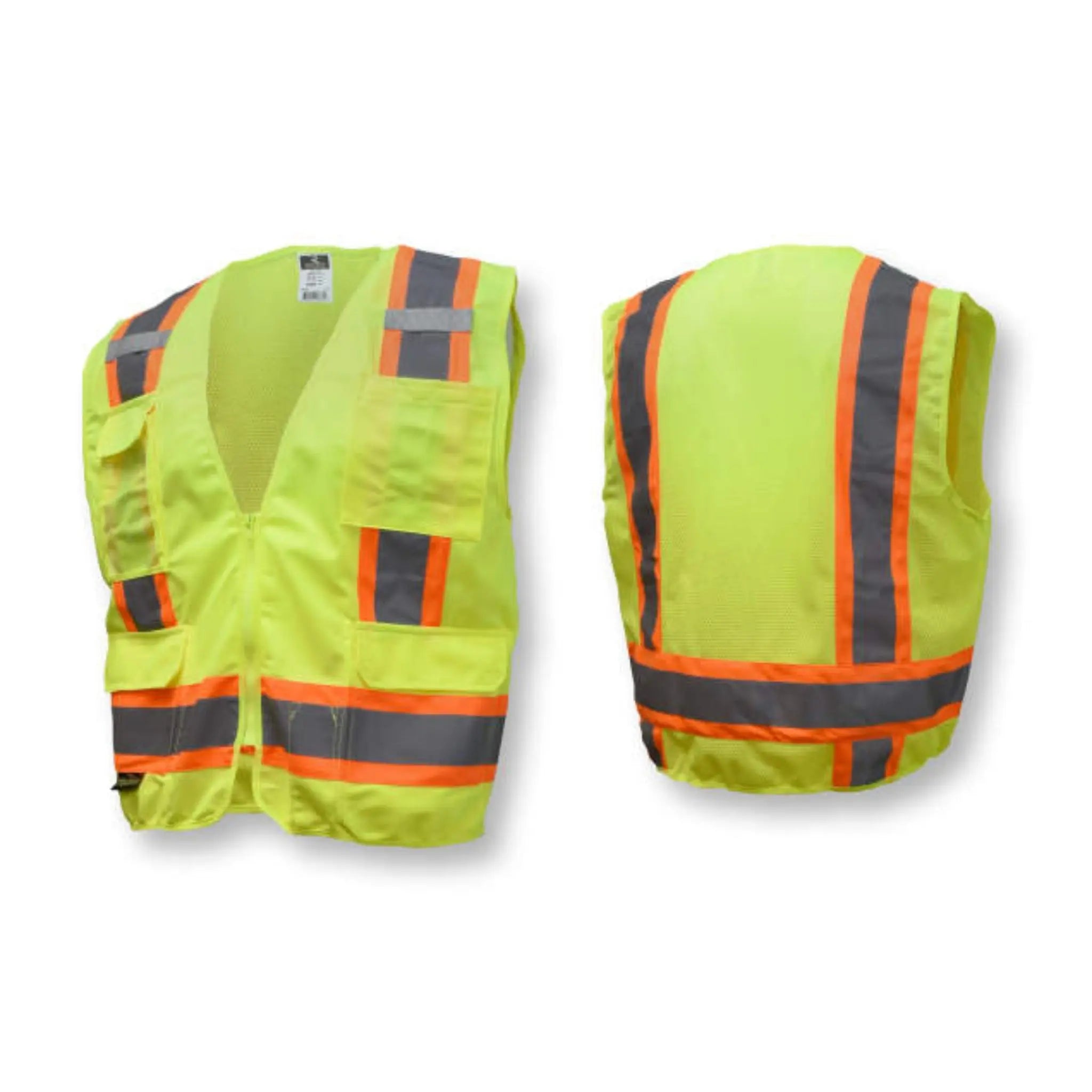

Radians SV6G Type R Class 2 Solid Front/Mesh Back Surveyor Safety Vest, Hi-Vis Green, 1 Each
Sale price$17.49
Regular price$19.24
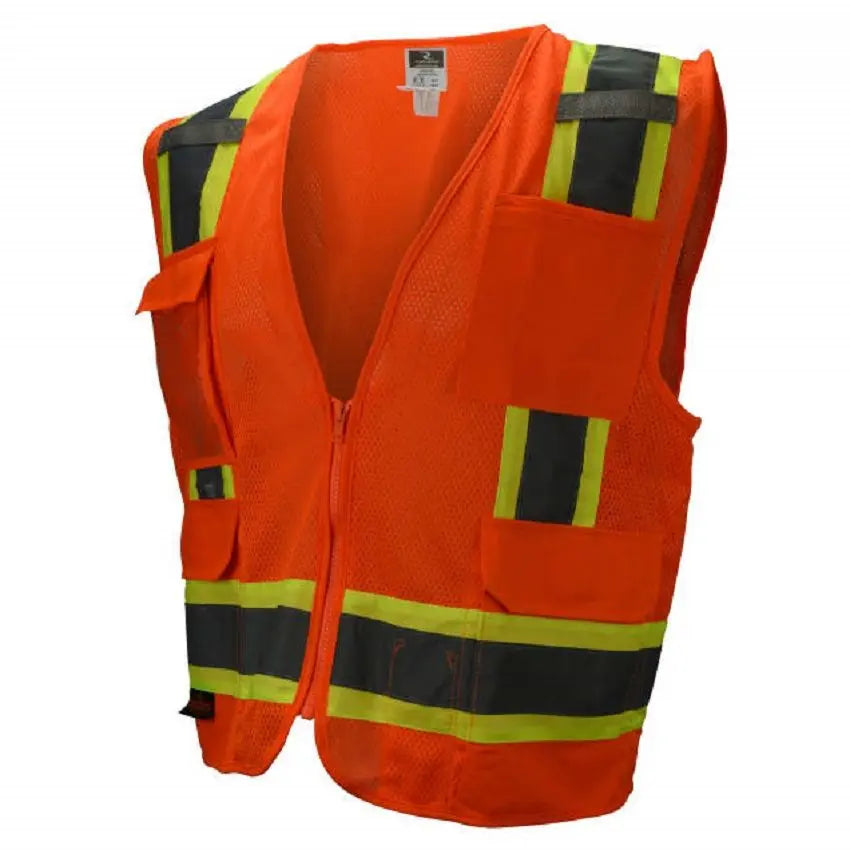

Radians SV6-2ZOM Type R Class 2 Surveyor Mesh Safety Vest, Hi-Vis Orange, 1 Each
Sale price$17.29
Regular price$19.02

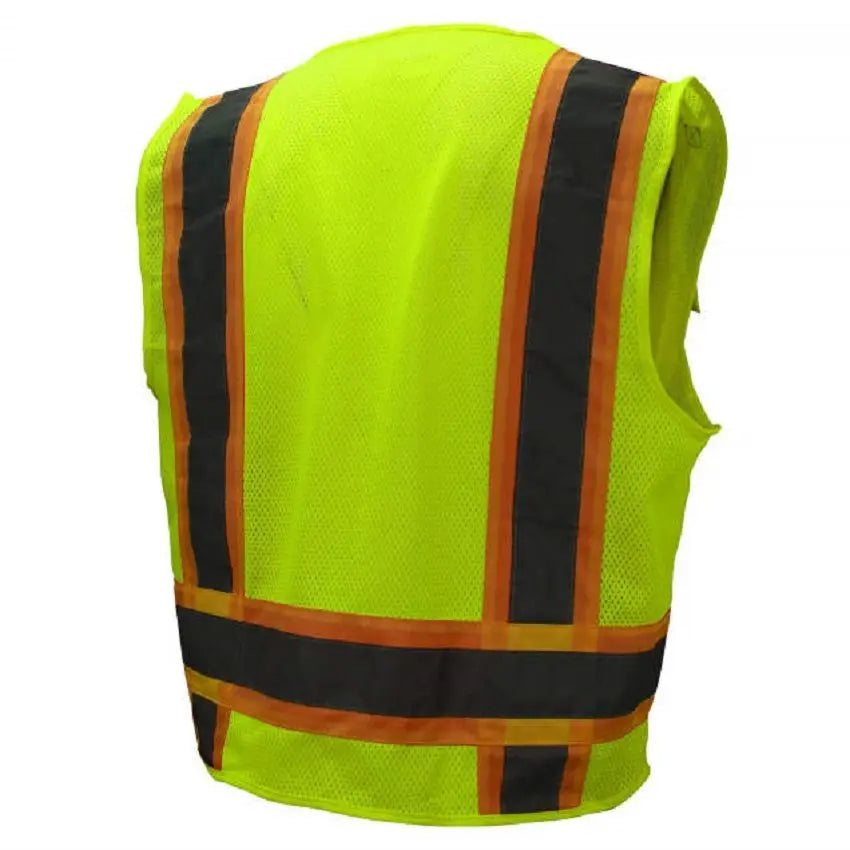
Radians SV6-2ZGM Type R Class 2 Surveyor Mesh Safety Vest, Hi-Vis Green, 1 Each
Sale price$17.29
Regular price$19.02

Radians SV59-3ZOD Type R Class 3 Heavy Duty Surveyor Vest, Hi-Vis Orange, 1 Each
Sale priceFrom $40.79
Regular price$44.87

Radians SV59-3ZGD Type R Class 3 Heavy Duty Surveyor Vest, Hi-Vis Green, 1 Each
Sale priceFrom $40.79
Regular price$44.87

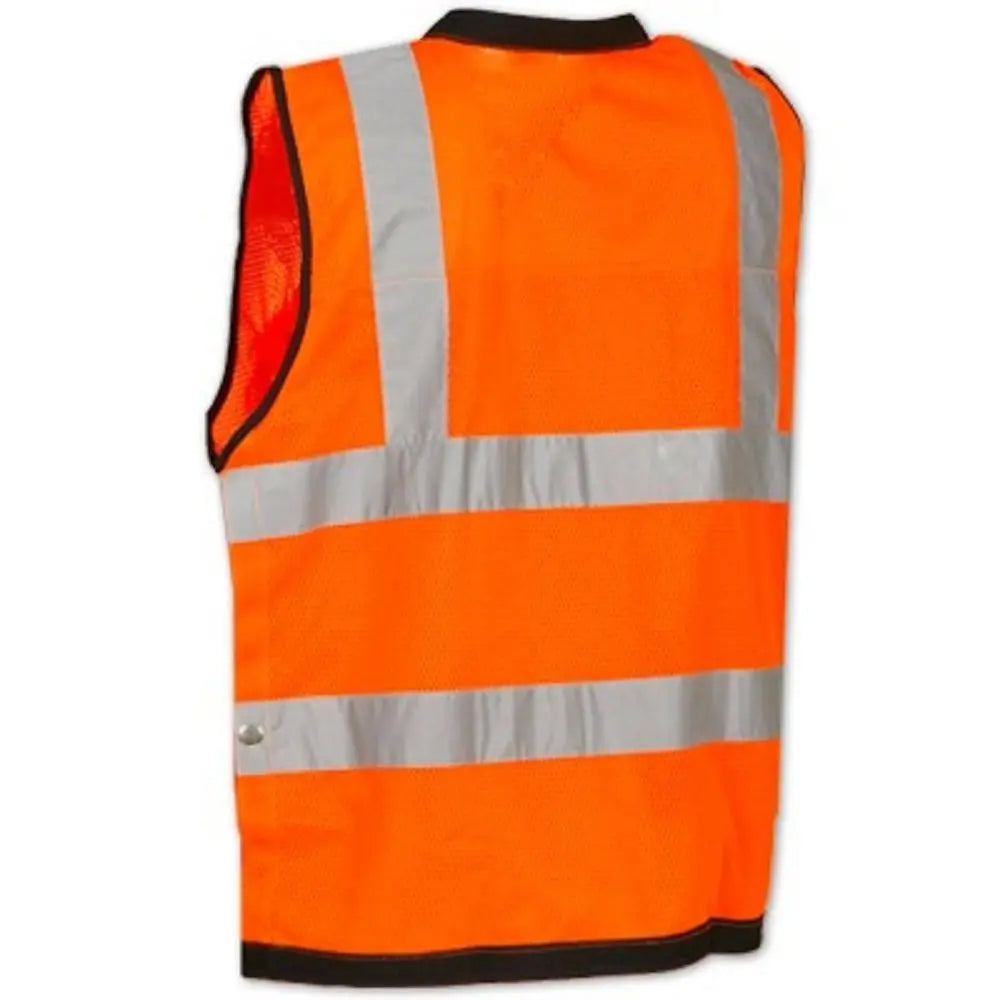
Radians SV59-2ZOD Type R Class 2 Heavy Duty Surveyor Safety Vest, Hi-Vis Orange, 1 Each
Sale priceFrom $29.39
Regular price$32.33


Radians SV59-2ZGD Type R Class 2 Heavy Duty Surveyor Safety Vest, Hi-Vis Green, 1 Each
Sale price$30.89
Regular price$33.98


Radians SV2ZGS Economy Type R Class 2 Solid Material Safety Vest with Zipper, Hi-Vis Yellow, X-Large, 1 Each
Sale price$7.49
Regular price$8.24


Radians SV55-2ZOD Class 2 Heavy Woven Two-Tone Engineer Vest, Hi-Vis Orange, 1 Each
Sale price$72.59
Regular price$79.85

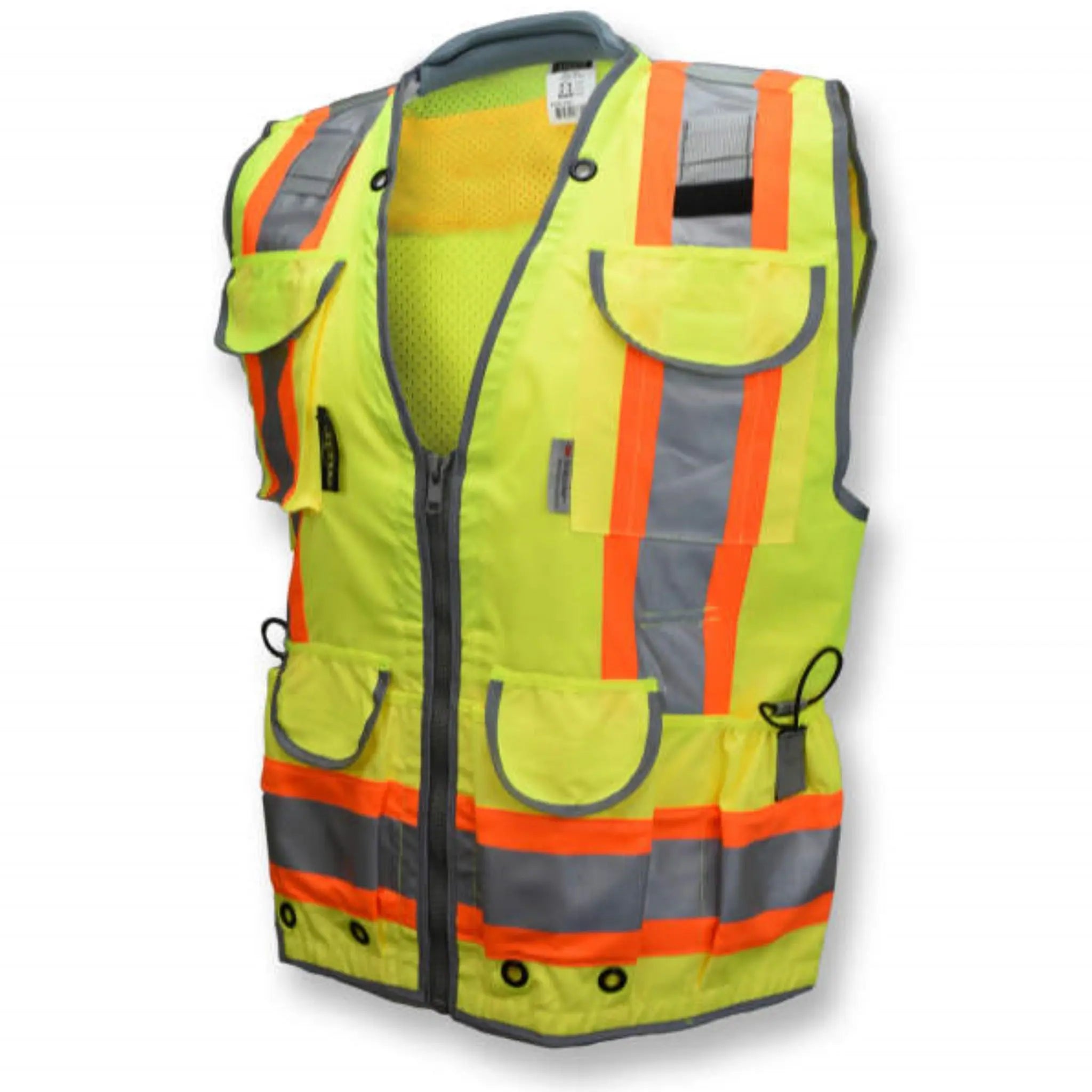
Radians SV55-2ZGD Class 2 Heavy Woven Two-Tone Engineer Vest, Hi-Vis Green, 1 Each
Sale priceFrom $60.69
Regular price$66.76

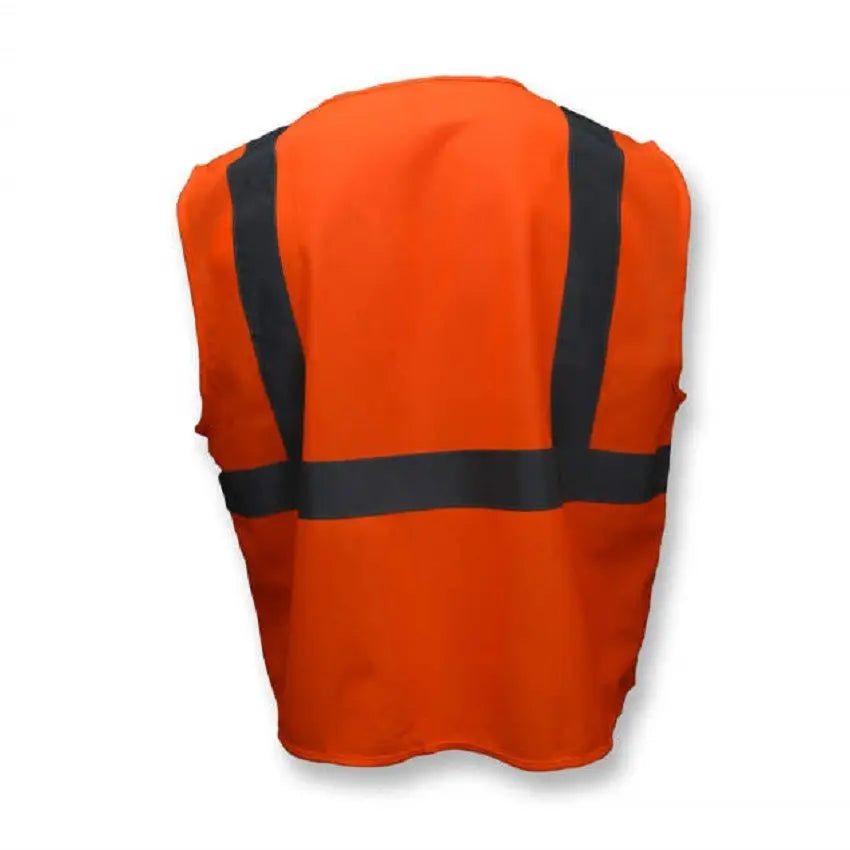
Radians SV2OS Economy Type R Class 2 Solid Safety Vest, Hi-Vis Orange, 1 Each
Sale price$7.49
Regular price$8.24


Radians SV2OM Economy Type R Class 2 Mesh Safety Vest, Hi-Vis Orange, 1 Each
Sale price$7.49
Regular price$8.24
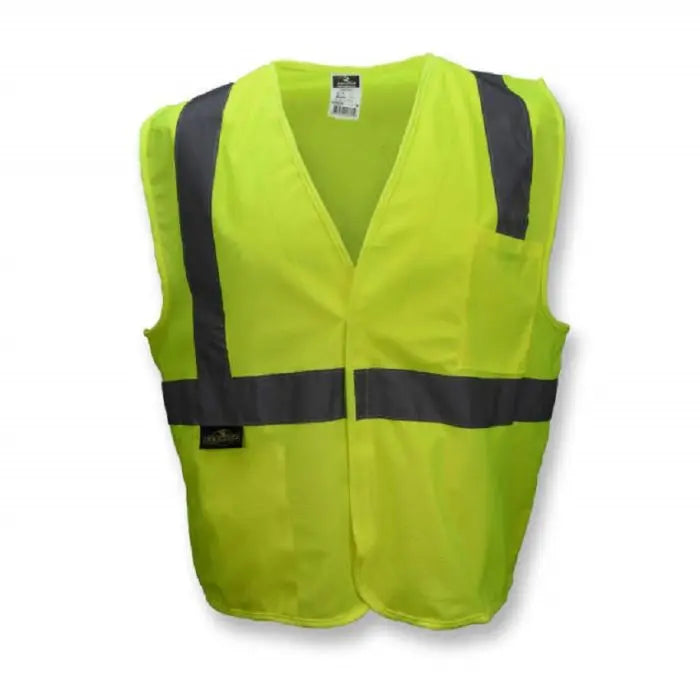

Radians SV2GS Economy Type R Class 2 Solid Safety Vest, Hi-Vis Green, 1 Each
Sale price$7.49
Regular price$8.24
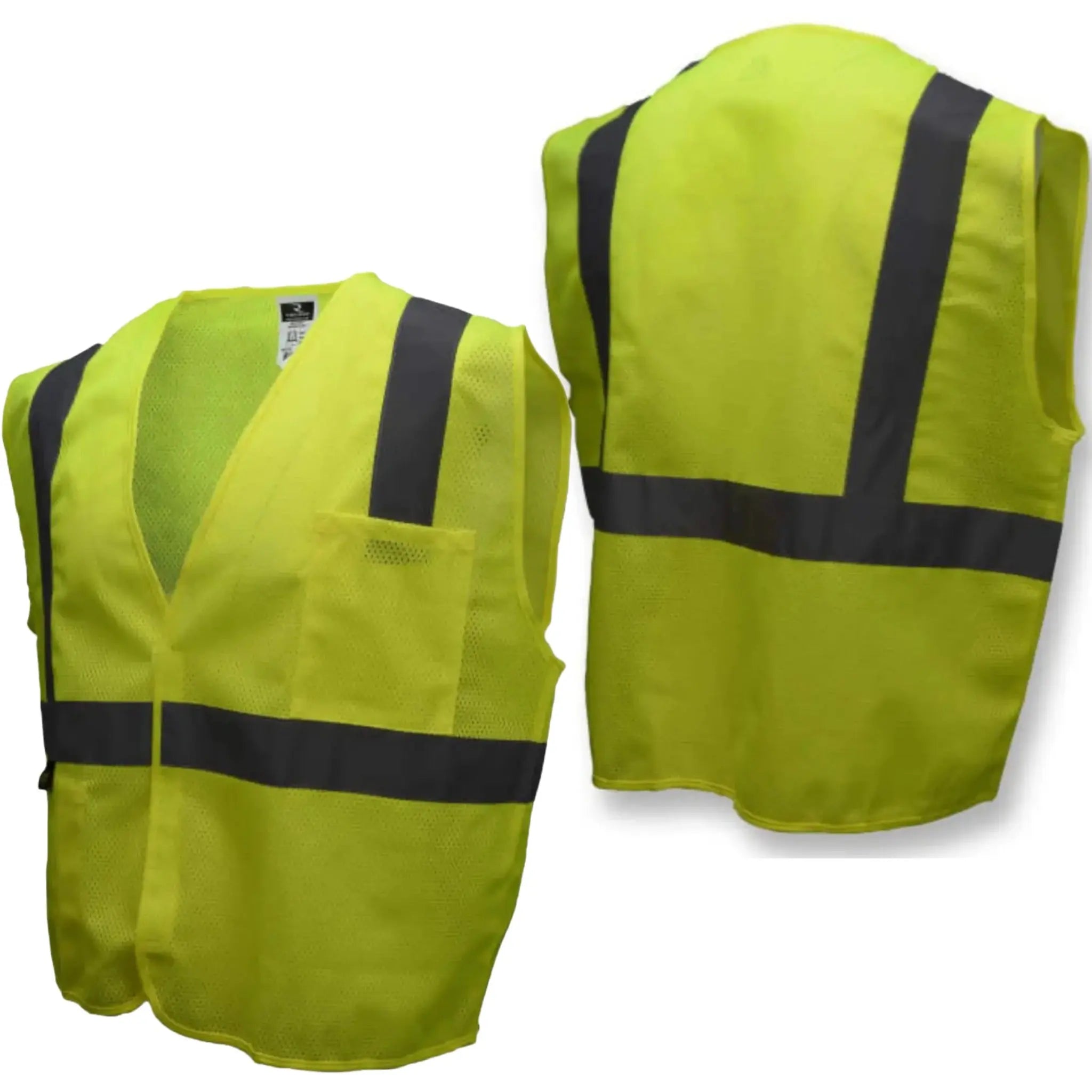

Radians SV2GM Economy Type R Class 2 Mesh Safety Vest, Hi-Vis Green, 1 Each
Sale priceFrom $6.29
Regular price$6.92

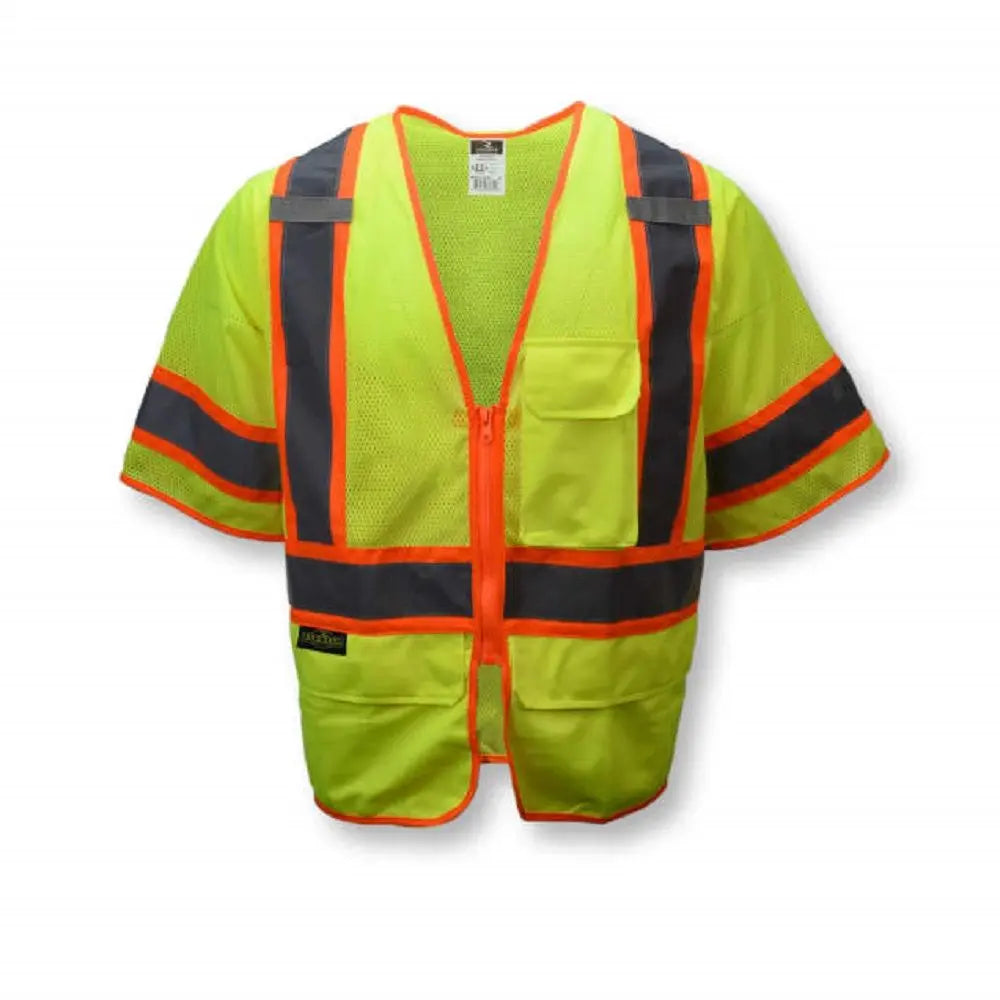
Radians SV272-3ZGM Type R Class 3 Multipurpose Surveyor Vest, Hi-Vis Green, 1 Each
Sale price$18.29
Regular price$20.12
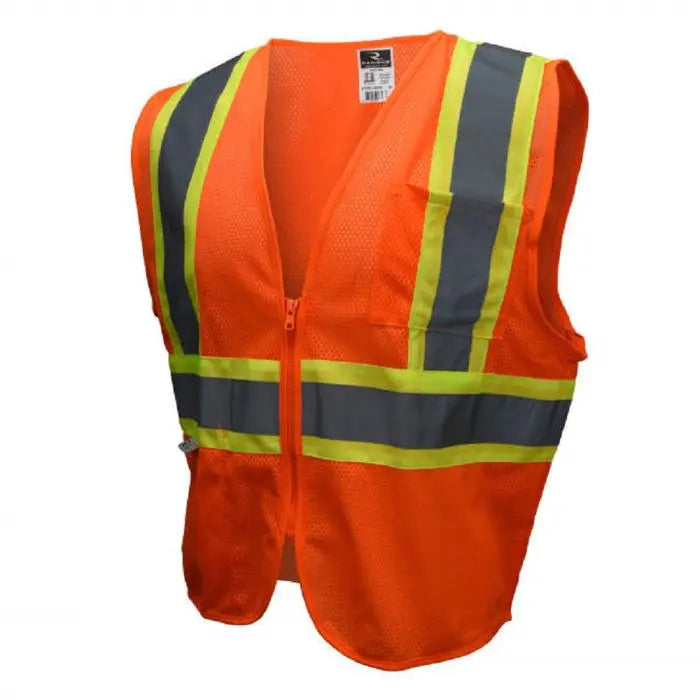
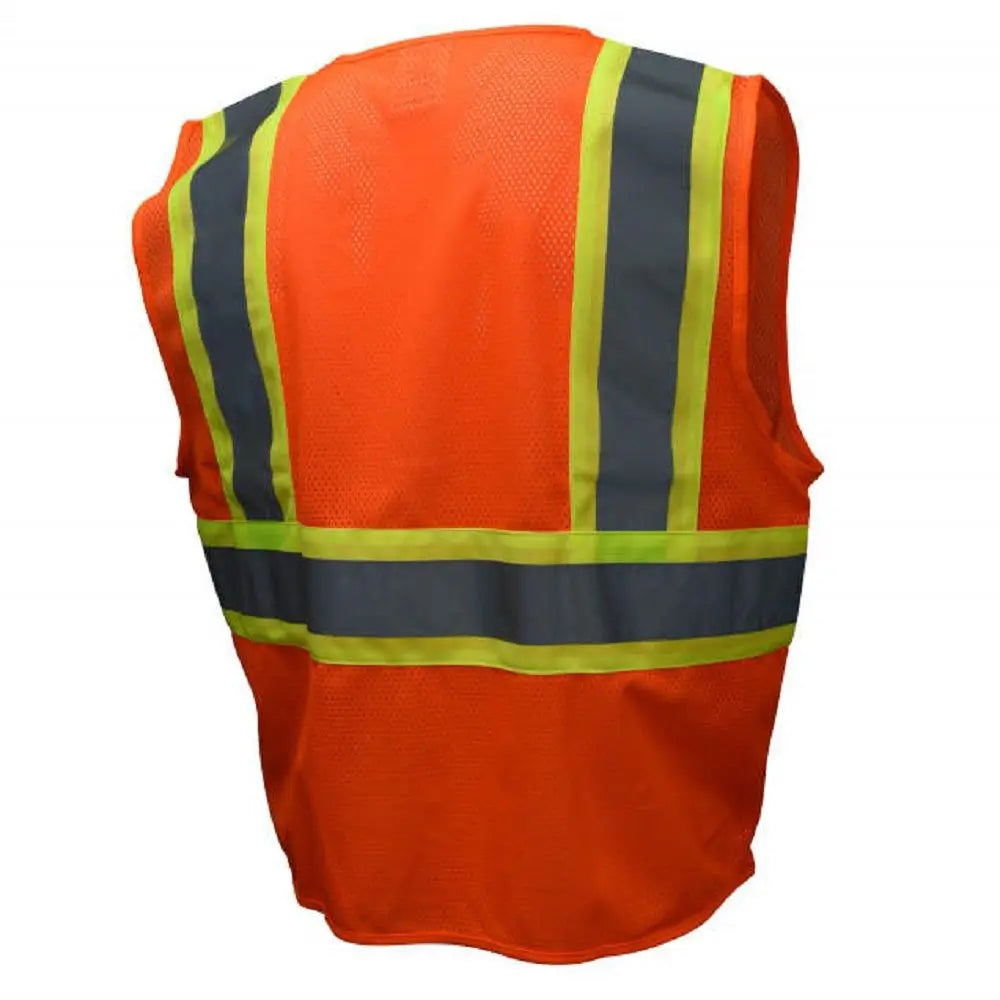
Radians SV22-2ZOM Economy Type R Class 2, Two-Tone Trim Safety Vest, Hi-Vis Orange, 1 Each
Sale price$11.99
Regular price$13.19
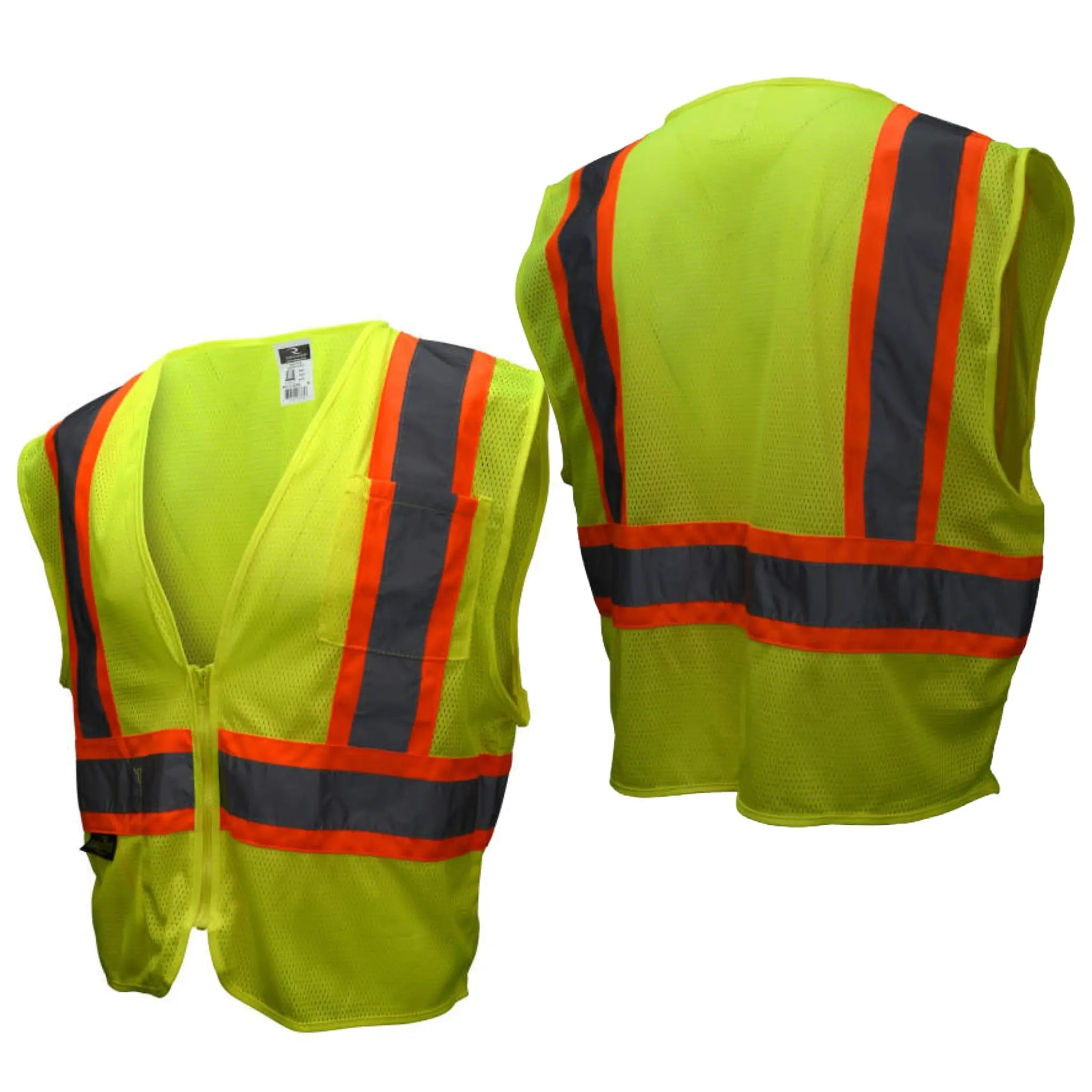
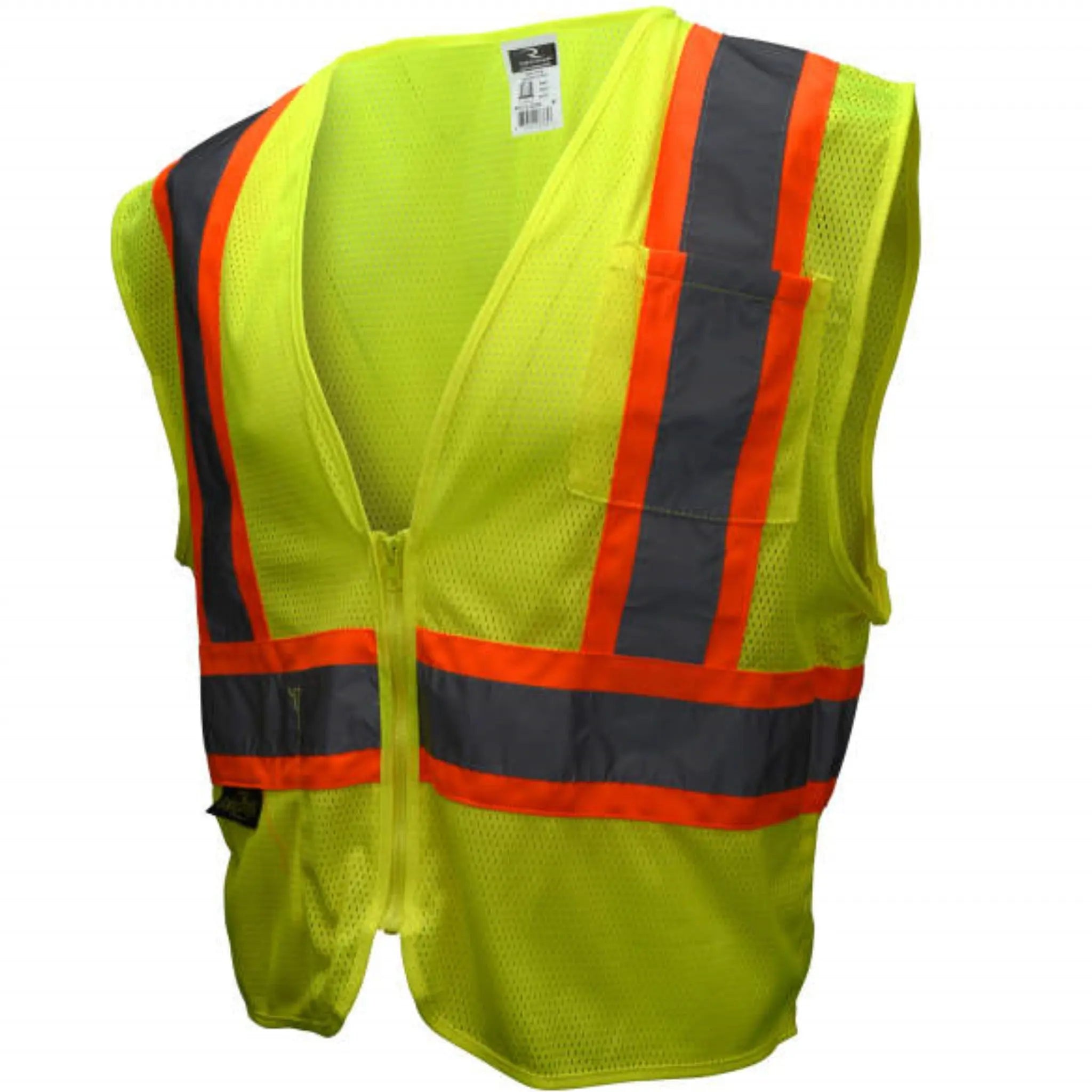
Radians SV22-2ZGM Economy Type R Class 2, Two-Tone Trim Safety Vest, Hi-Vis Green, 1 Each
Sale priceFrom $9.99
Regular price$10.99

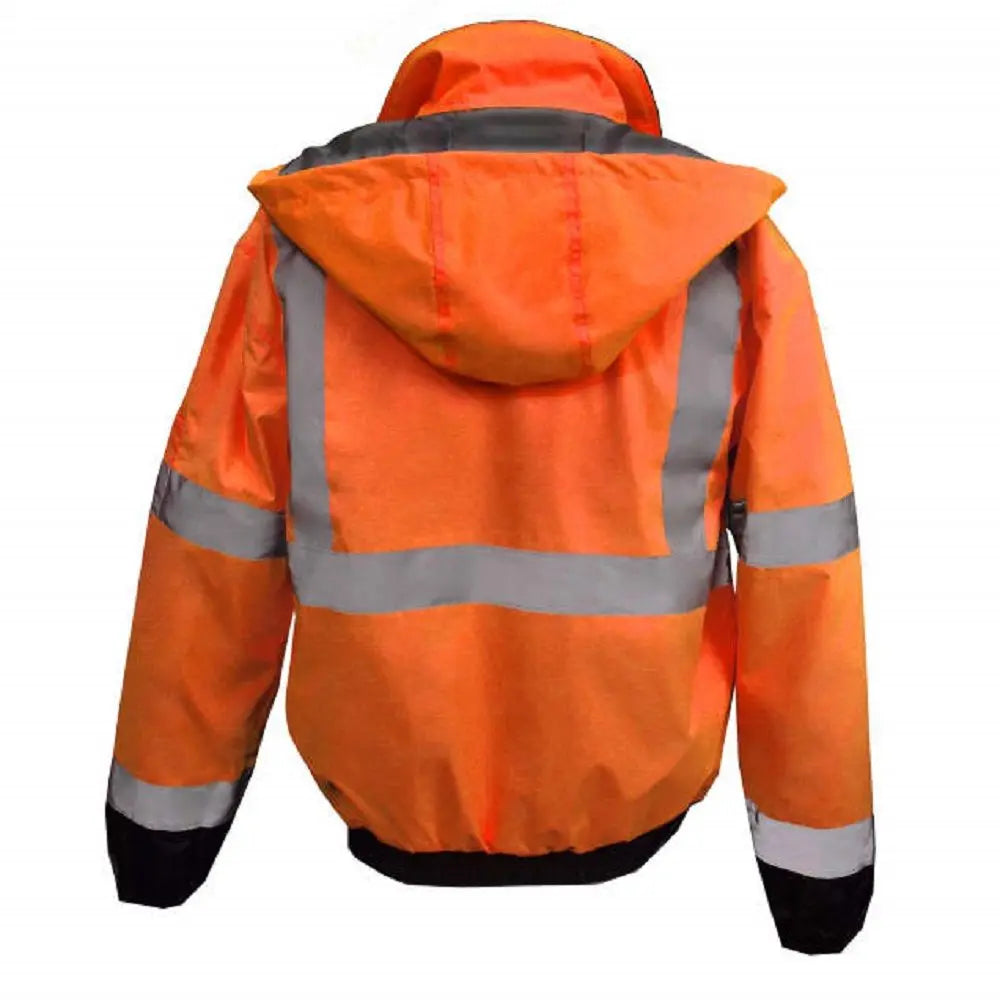
Radians SJ11QB-3ZOS Class3 Hi-Vis Weatherproof Bomber Jacket with Quilted Built-in Liner, Hi-Vis Orange/Black, 1 Each
Sale priceFrom $56.39
Regular price$62.03

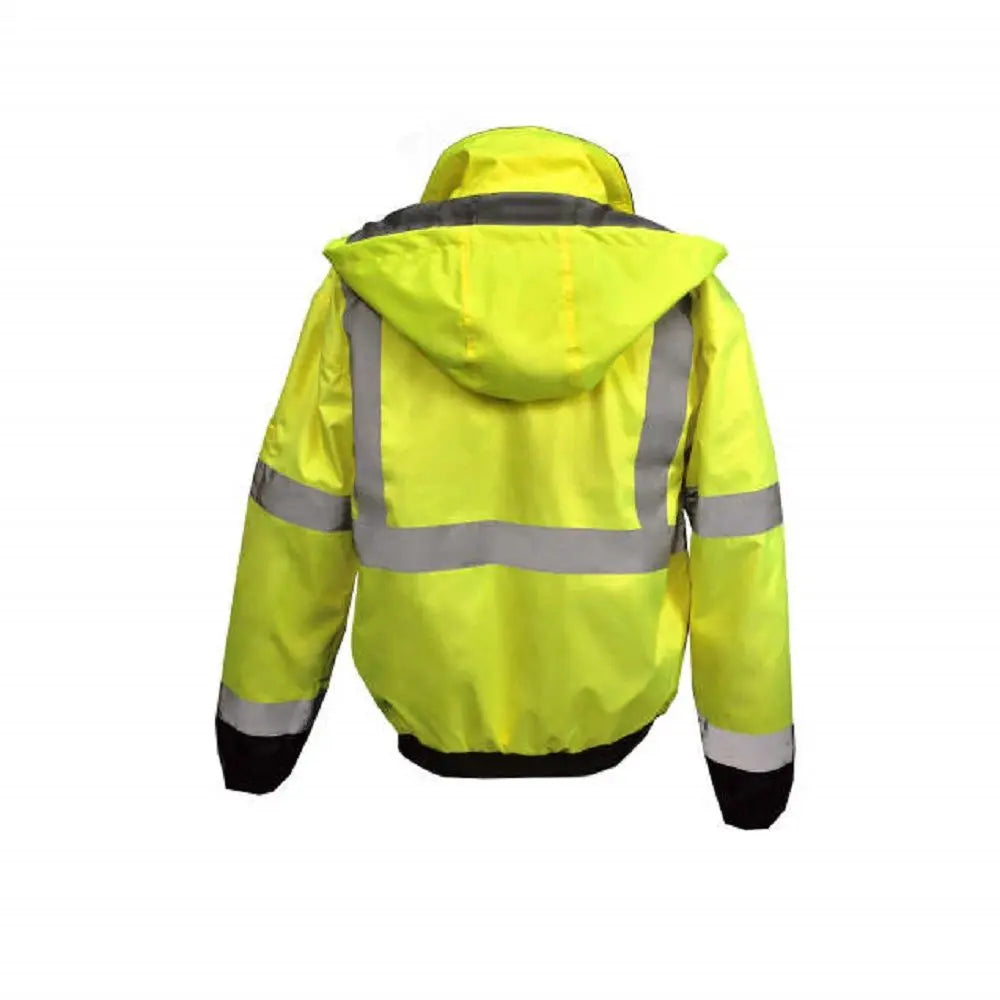
Radians SJ11QB-3ZGS Class3 Hi-Vis Weatherproof Bomber Jacket with Quilted Built-in Liner, Hi-Vis Green/Black, 1 Each
Sale price$59.29
Regular price$65.22


Safety Main 05EAMO Economy Vest, Class 2, All Mesh, Hi-Vis Orange, Pack of 3
Sale price$14.99
Regular price$16.49


Safety Main 05EAMO Economy Vest, Class 2, All Mesh, Hi-Vis Orange, Pack of 5
Sale price$24.99
Regular price$27.49
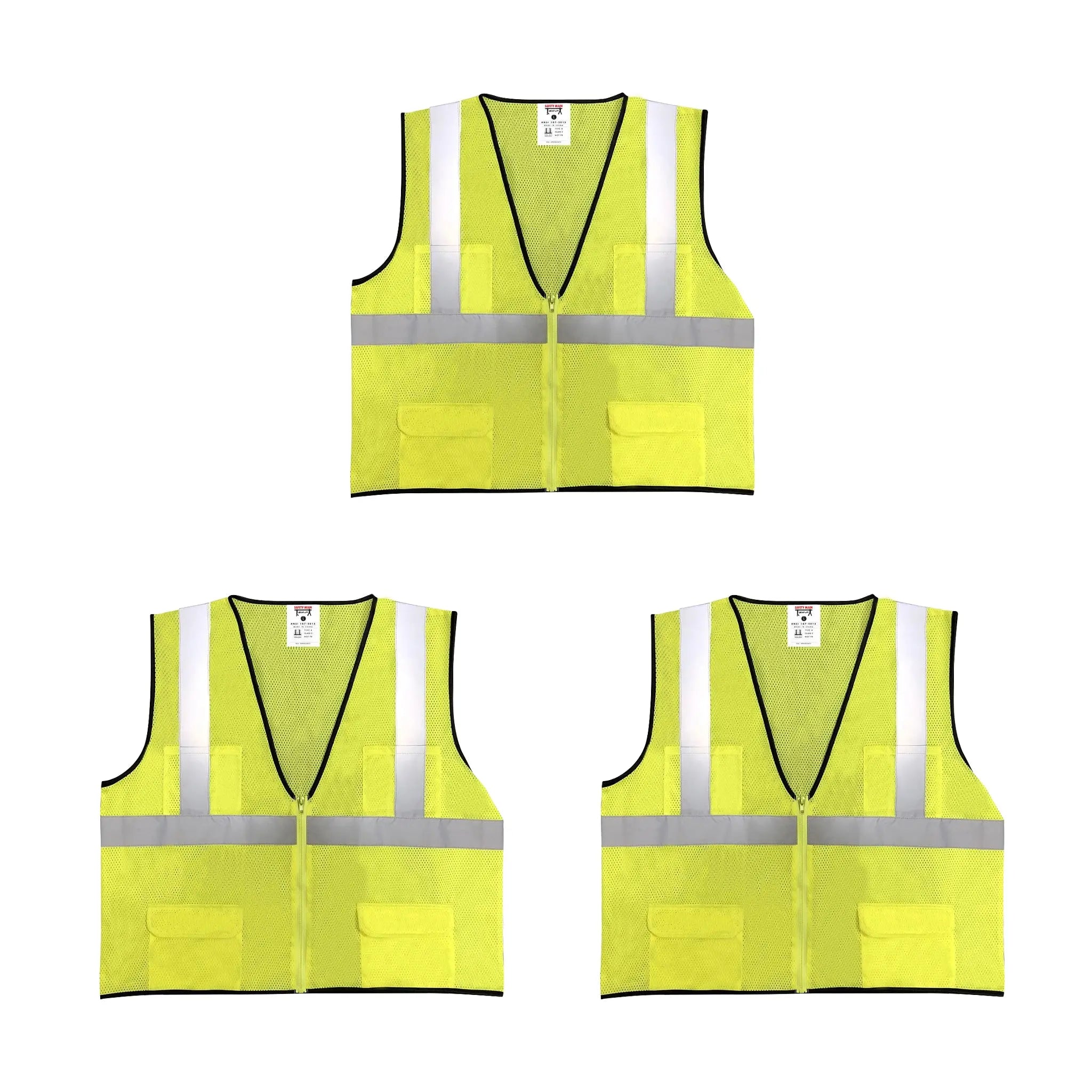
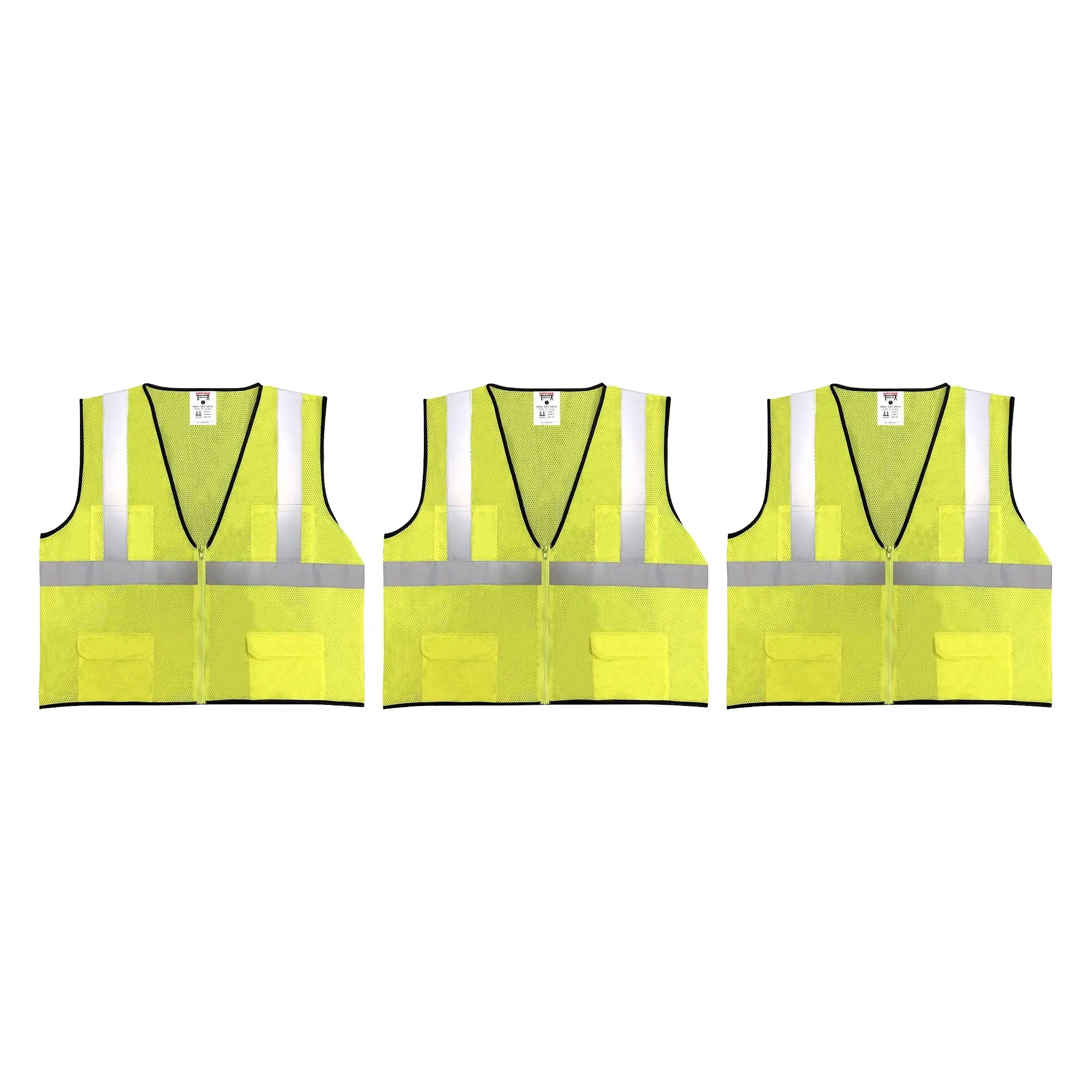
Safety Main 05EAMYZ Economy Vest, Class 2, All Mesh, Hi-Vis Yellow, Pack of 3
Sale price$14.99
Regular price$16.49


Safety Main 05EAMYZ Economy Vest, Class 2, All Mesh, Hi-Vis Yellow, Pack of 5
Sale price$24.99
Regular price$27.49


Safety Main 05LWJYB Lightweight Jacket, Class 3, Hi-Vis Yellow with Black Bottom, Pack of 3
Sale price$44.99
Regular price$49.49
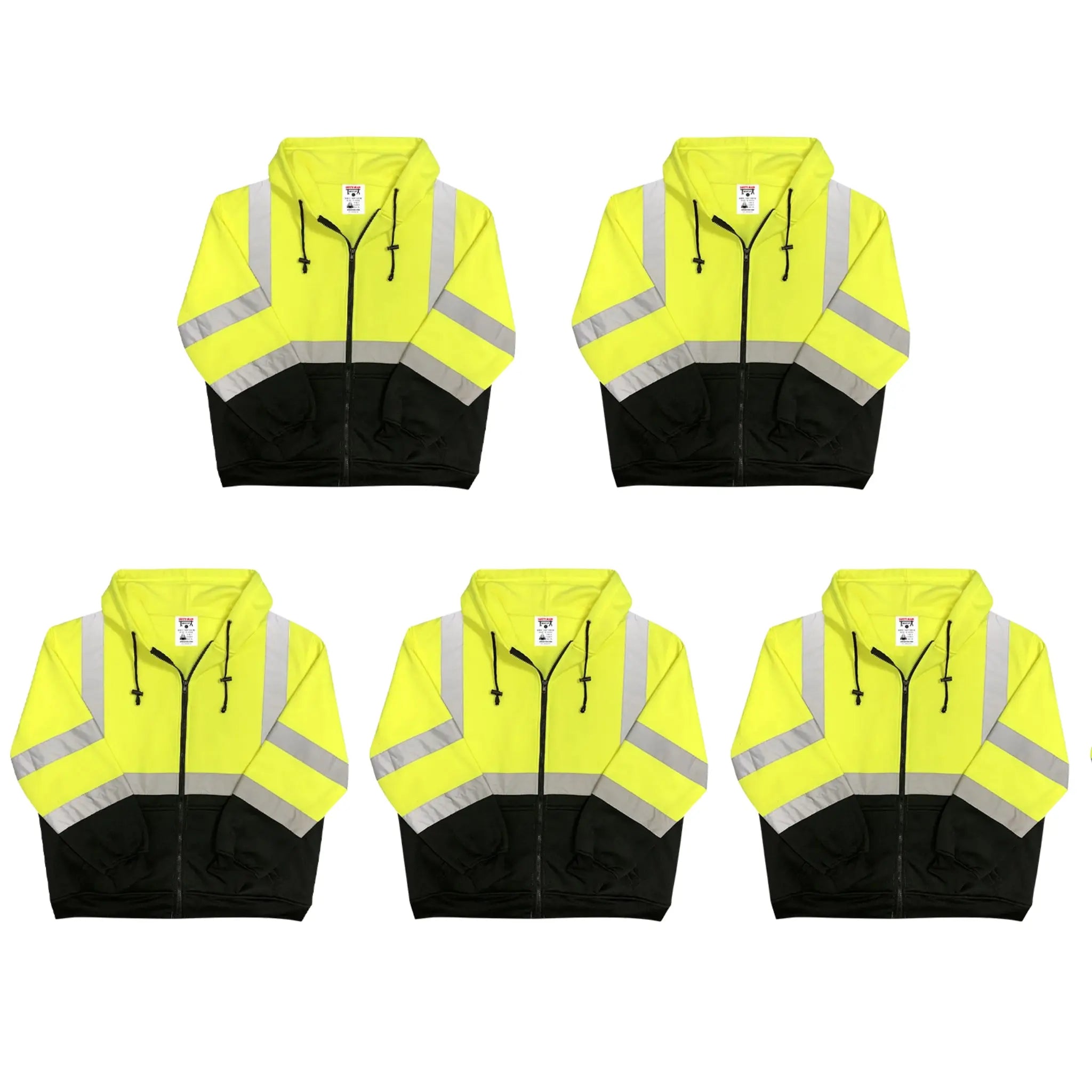

Safety Main 05LWJYB Lightweight Jacket, Class 3, Hi-Vis Yellow with Black Bottom, Pack of 5
Sale price$69.99
Regular price$76.99
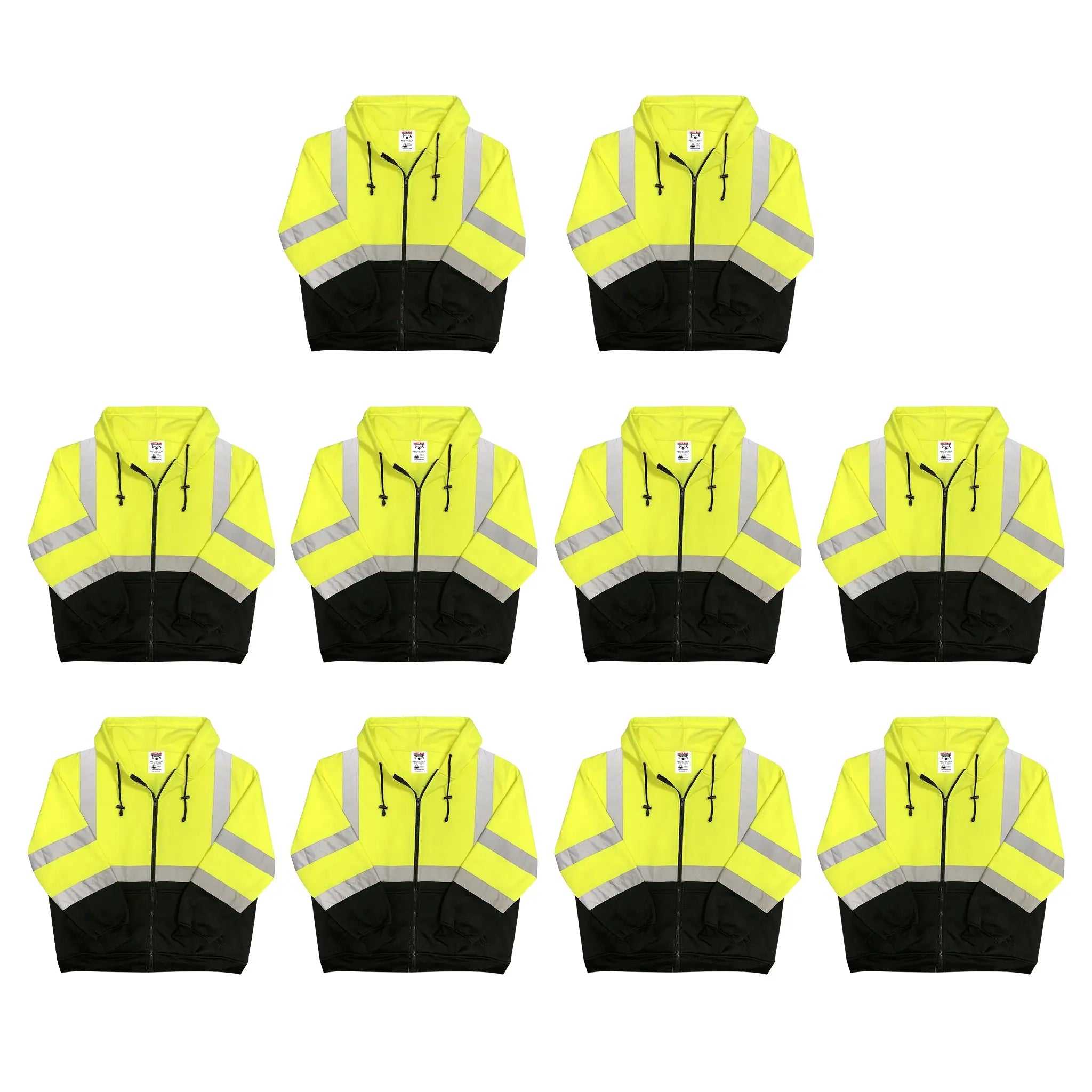

Safety Main 05LWJYB Lightweight Jacket, Class 3, Hi-Vis Yellow with Black Bottom, Pack of 10
Sale price$139.99
Regular price$153.99


Safety Main 05TTSOZ Surveyor Vest, Class 2, Solid Front, Mesh Back, Hi-Vis Orange, Pack of 3
Sale price$19.99
Regular price$21.99


Safety Main 05TTSOZ Surveyor Vest, Class 2, Solid Front, Mesh Back, Hi-Vis Orange, Pack of 5
Sale price$29.99
Regular price$32.99


Safety Main 05TTSYZ Surveyor Vest, Class 2, Solid Front, Mesh Back, Hi-Vis Yellow, Pack of 3
Sale price$19.99
Regular price$21.99


Safety Main 05TTSYZ Surveyor Vest, Class 2, Solid Front, Mesh Back, Hi-Vis Yellow, Pack of 5
Sale price$29.99
Regular price$32.99


FREE SAMPLE: Safety Main Economy Vest, Hi-Vis Yellow, Limit 1
Sale price$0.00
Regular price$5.99


FREE SAMPLE: Safety Main Economy Vest, Hi-Vis Orange, Limit 1
Sale price$0.00
Regular price$7.99


FREE SAMPLE: Safety Main Surveyor Vest, Class 2, Hi-Vis Yellow, Limit 1
Sale price$0.00
Regular price$9.99


FREE SAMPLE: Safety Main Surveyor Vest, Class 2, Hi-Vis Orange, Limit 1
Sale price$0.00
Regular price$9.99


FREE SAMPLE: Safety Main Lightweight Jacket, Class 3, Hi-Vis Yellow, Limit 1
Sale price$0.00
Regular price$24.99


Safety Main 05EAMYZ Economy Vest, Class 2, All Mesh, Hi-Vis Yellow, Pack of 10
Sale price$49.99
Regular price$54.99


Safety Main 05EAMO Economy Vest, Class 2, All Mesh, Hi-Vis Orange, Pack of 10
Sale price$49.99
Regular price$54.99


Safety Main 05TTSYZ Surveyor Vest, Class 2, Solid Front, Mesh Back, Hi-Vis Yellow, Pack of 10
Sale price$59.99
Regular price$65.99
Filters (0)





